
REPLICATION OF ANIMAL VIRUS
Replication of Animal Virus Replication (Reproduction) of virus takes place in cell; cytoplasm, nucleus or both. Uncoating of virus, its nucleic acid replication and the... Read more
Your Trusted Source for Science Notes

Replication of Animal Virus Replication (Reproduction) of virus takes place in cell; cytoplasm, nucleus or both. Uncoating of virus, its nucleic acid replication and the... Read more

Rhabdos (greek) = rod Mononegavirales order negative, ss, monopartite RNA (11.9 kb) viruses. capsid is roughly bullet shaped and about 75 nm wide... Read more
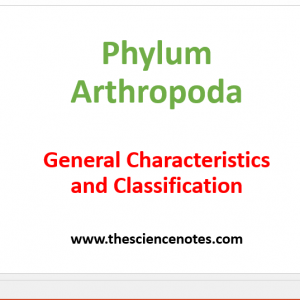
Explore the diversity and characteristics of Arthropoda phylum. Learn about their classification, anatomy, and ecological significance. Read more
Infection of soft tissues associated with pus formation Pus consists PMNs, bacteria, fibrin and other body fluids May be endogenous or exogenous Endogenous: source of... Read more
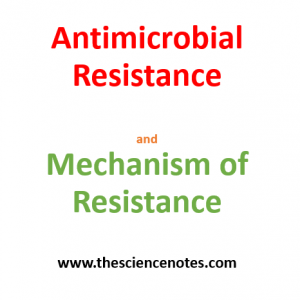
Bacterial resistance to drugs is a condition in which the bacteria that were earlier susceptible to antibiotics develop resistance against the same antibiotics and are... Read more

The phylum ‘Nemathelminthes’ (Gr; nematos = thread ; helminths = worm) or Nematoda comprises the roundworms. Triploblastic, bilaterally symmetrical, vermiform, unsegmented cylindrical true worms with... Read more
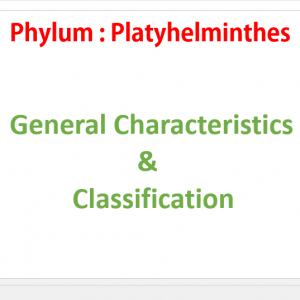
General Characteristics of Platyhelminthes Classification 3 classes on the basis of mode of life, presence or absence of digestive system and cilia in epidermis. Turbellaria (L;turbella... Read more
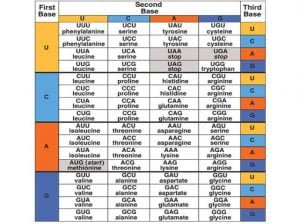
DNA contains a triplet code Every three bases on DNA stands for ONE amino acid Each three-letter unit on mRNA is called a codon Most... Read more

Hormones Function 1. Estrogens Female sexual characteristics, menstrual cycle 2. Progestins Involved in menstrual cycle and maintenance of pregnancy. 3. Androgens Male sexual... Read more
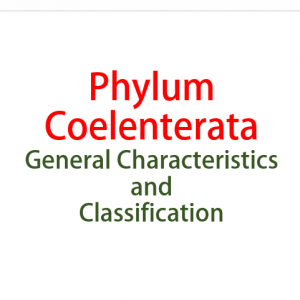
Coelenterata Gr., koilos : Hollow; enteron : intestine General characters Metazoa with tissue grade of organization Aquatic : mostly marines few are freshwater forms, e.g.... Read more